Sustainability on campus
How is the school making changes to help the environment?
Picture of the brand new STEM building, which has environmental features.
October 11, 2022
LOS ALAMITOS, CA — Energy consumption and earth sustainability have been major issues all over the world for the past several years. Recently, the school has been making major moves to help with energy gathering and use, as well as changes to help the environment. Whether it be the new STEM building, new plants, or solar panels, the high school has implemented major changes to help with the overall sustainability of the campus.
However, most people have no idea the extent to which these changes will affect us. So let’s get a better understanding.
The new STEM building has implemented many energy-conserving features. The new windows are large and they have been designed so that fewer lights are required to illuminate the classrooms.
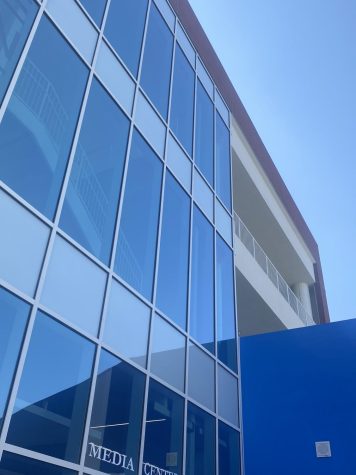
Speaking of the lights, new sensors were added to the new building so that the lights turn off when no one is in the room, which reduces wasted electricity. The lights are also LED so they only require half the amount of energy as normal lights, which means that there are also fewer lights in each classroom since they are not needed. They can also be remotely dimmed to conserve energy.
Outside of the lighting, the building’s climate system was also updated to be more conservative. The building’s air conditioning system is set up as a Pelican system where it changes temperature based on the outside temperature, and vice versa.
The insulation of the building was also specially created so that the air conditioning doesn’t need to be on at all times. And even though you can not see the roof of the building, it has been painted white to help with insulation and keep out the heat.
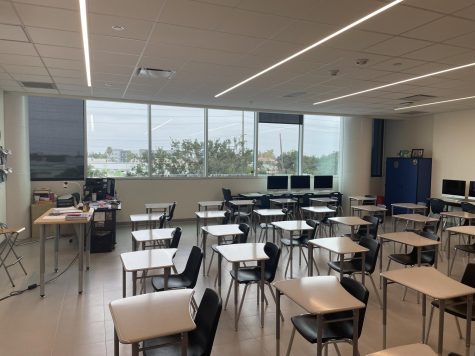
During the construction of the new STEM building, new planters have also been introduced to the campus.
Instead of the bushes that were in place before, they have created planters with new plants that are a part of the Water Use Classification of Landscape Species (Wucol) system. These new trees, shrubs, and groundcover species are level four and they have a low to moderate water intake, saving the school a ton of water.
Before these new planters were put in around the school, the old plants were being watered and kept green with sprinklers, which would go off at certain times and spray water all over the plants. Fortunately, they have implemented an irrigation system that utilizes in-line drip tubing irrigation for all shrub and ground cover areas.
The drip system continuously drips water on the plants, and it does sound like it would waste even more water, however, this new drip system saves the school water by recycling it and not wasting a single drop.
“This type of system delivers water directly to the plant’s root zone while eliminating overspray and water loss due to wind and other weather events,” Andrew Neubauer from Ridge Landscapes wrote.
The drip system also is designed to divide it into separate hydro zones based on individual plant species, water-use characteristics, and solar orientation. This helps the water input to be more efficient and specific to certain plants in different areas of the school.
Additionally, solar panels from the company Rosendlin Electric have been being built in the parking lot for a while now, as we are sure most seniors know about. It is a well-known fact that solar panels are good for the environment, but let’s take a closer look at the specifics of what the solar panels will be accomplishing. The most important fact is how much energy the panels will be producing.
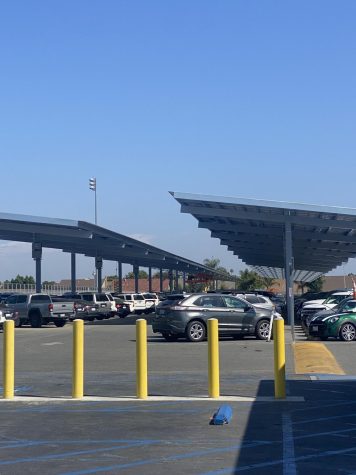
“The solar arrays generate approximately 70% of the electricity used on our entire school campus,” said CJ Knowland, Director of Facilities and Maintenance for the school district.
This is a major improvement that not only is better for the environment, but will also save the school around 15 million dollars within the next 30 years.
The school also opted not to use all of the energy space that they could have for panels. The reason for this is that they want to have room for change in energy as time goes on. The energy created by the panels is sent to a separate company, where we buy the energy for a much lower price. Our school also has backup energy batteries on campus which will save the school 6 million dollars in 15 years.
One thing that we wanted to ask the district about was the recycling situation on campus. For several years now there have been no recycling bins on campus.
When we voiced this concern, we learned that the school has a contract with the company that handles the campus’ trash where the company itself sorts all of the recycling out of the trash it collects, which is compliant with the state.
However, we were told that the school is planning on implementing recycling on campus so it would no longer need to be sorted by the company.
Los Alamitos High School is working on environmental sustainability and even though nothing can be perfect, Los Al is continuing to improve.
Hopefully, with time, our school will do even more, but so far they are working in whatever they can. Knowing all of this now, how do you contribute to sustainable practices while on campus?


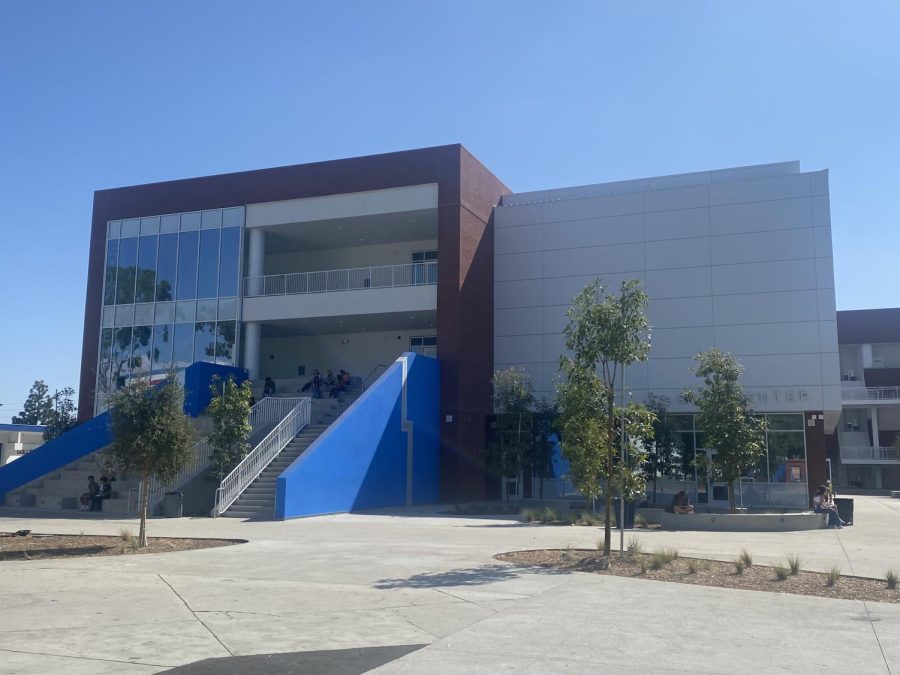



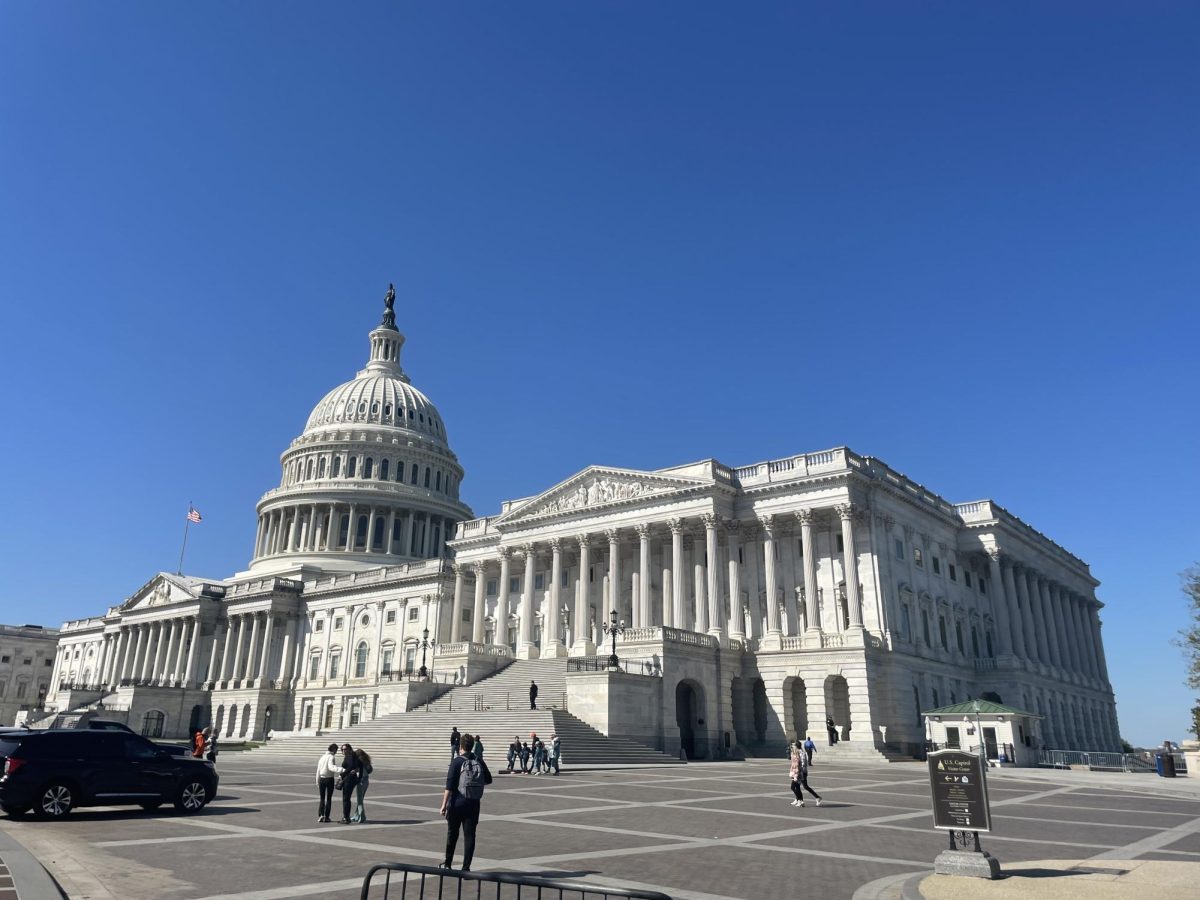

Katie Arnoult • Oct 13, 2022 at 12:08 pm
I knew about the solar panels, but I didn’t know how eco-friendly the new STEM building is! And I love the photos in this article!
Bella Kim • Oct 12, 2022 at 3:11 pm
Congrats Jonas and Isabella! This is a fantastic article – the weeks of work and research you both put into it shows. I love the picture layout and all the stats and quotes from different sources.
Alicia Tan • Oct 12, 2022 at 1:57 pm
Wow, I didn’t know about any of this! Super informative and well developed article!